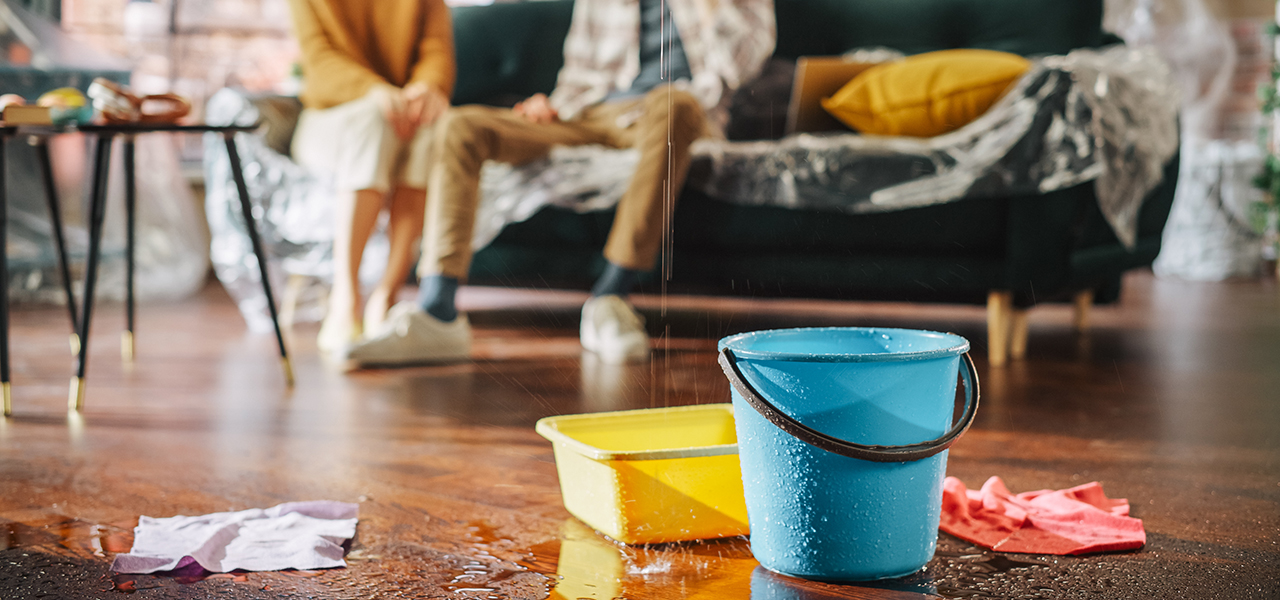It happens when you least expect it. The day your geyser decides that it's had enough. In fact, Santam's claims figures show that geysers mostly tend to give our policyholders problems on a Monday.
When your geyser bursts, you're also more than likely to find out if you have the right insurance cover.
They say prevention is better than cure, which is why Santam's Risk Management team put together these handy tips for you to check when maintaining your geyser:
- Insulate your geyser with a geyser blanket. This prevents heat loss, reducing the cost of electricity needed to keep water hot.
- The ideal geyser thermostat temperature should be set between 50 – 60 degrees Celsius. This will save some money on your electricity bill.
- Check that the electrical isolator switch is within 1 meter of the geyser. This was not a requirement on old geysers. The geyser also has to be earthed.
- Check that you have a drip tray and that it can safely drain away any leaks from a burst geyser. This will save you a lot of discomfort from having to claim for water damage.
- There should be a cover over the thermostat and element. These are often just left lying next to the geyser.
- Maintain your geyser by replacing the self-sacrificing anode. Anode rods come installed with geysers and are generally made of magnesium or aluminium which are screwed into the inside of the geyser. This anode, or rod, prevents corrosion of the geyser by "self-sacrificing" its metal which attracts the corrosion of the water and its minerals preventing corrosion of the tank. Therefore, you can save money by maintaining your geyser with a replacement anode.
- Check that you have the appropriate plumbing piping. The geyser may be fed with a plastic pipe, up to the shut off valve, but the pipe into and out of the geyser must be copper or galvanised steel.
Finally, we recommend that you ask a plumber to check that your geyser has all of the important safety features, such as the vacuum breakers, shut off valve, temperature and pressure safety valve and the multi (pressure) valve. These are important safety features of the whole water heating system.
Here's to being a little more prepared for those unexpected days.
